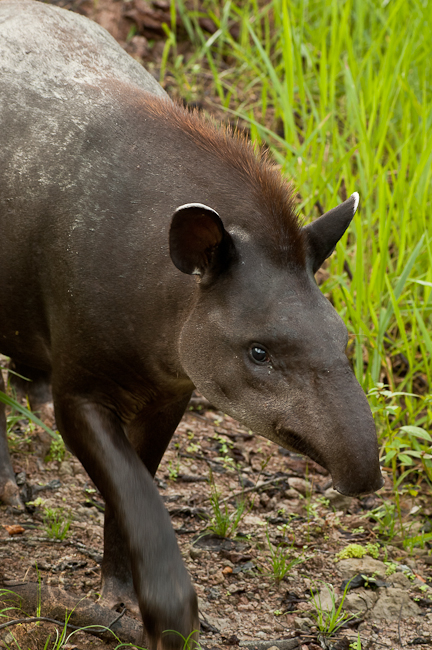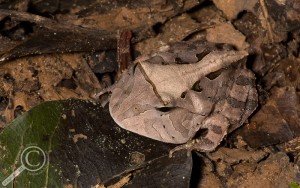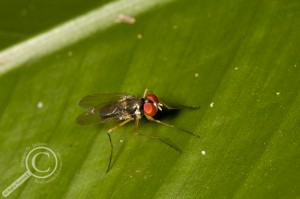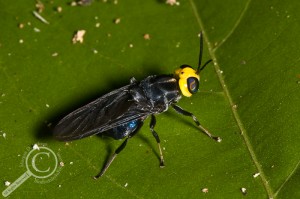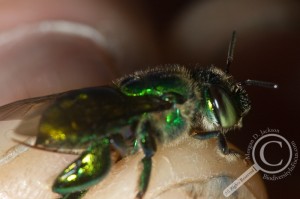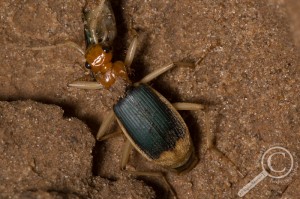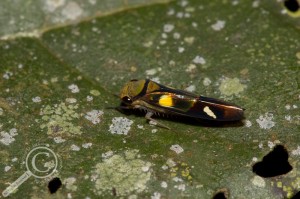Yes, World Tapir Day is a real thing. No, you don’t get the day off work.
As consolation, enjoy this photo of a juvenile South American Tapir (Tapirus terrestris) from Ecuador.
All four species of tapir (3 spp. in South America, 1 in southeast Asia) are currently listed as vulnerable or endangered on the International Union for Conservation of Nature’s Red List. The South American Tapir has the largest range of all tapirs, spanning the majority of the Amazon river basin, yet is still under threat from habitat destruction and poaching.
Tapir’s are usually difficult to see in the jungle, preferring to go about their business through the night. So how did I get a close up photo in the middle of the day? The research station I was working at had adopted her1 after her mother was killed by the local Huaorani tribe2, and thus she was quite friendly, coming right up to greet our group when we arrived. Later in our visit, she nearly gave me a heart attack when she came thundering out of the jungle looking for attention while I was looking at a fly. Needless to say, I nearly spread some extra fly bait that day…
————————
1 – While my tapir-sex-identification-skills are a little rusty, I recall being told by the staff that this was indeed a young female.
2 – While the station is situated within Yasuni National Park, the indigenous Huaorani people are allowed to continue their traditional way of life. Unfortunately, the Huaorani have found an easier way to go about life; by selling bushmeat and live animals destined for the pet trade at market in the nearest cities. The research staff went so far as to paint their rescued tapir with bright white paint to try and deter the locals from killing it, though the tribe made no promises about it’s potential fate.

